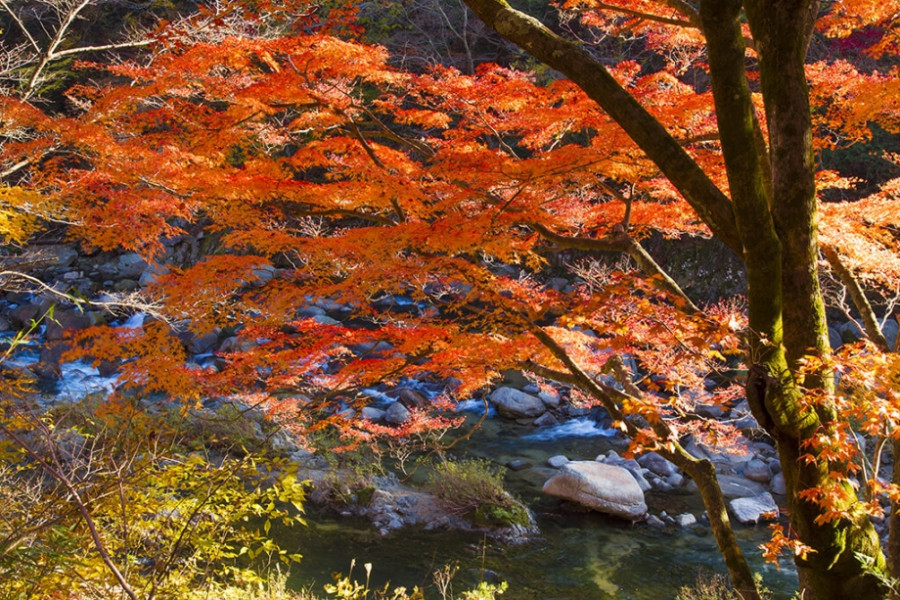
Kyu Horikiri-tei
Kyu Horikiri-tei is a property steeped in history. Built in 1775, the building has been preserved since the Edo Period thanks to wealthy farmers and merchants. The property contains a large kura (storehouse), called Jukken Kura, as well as a traditional Japanese manor house.There is a public footbath located onsite. Use of the public footbath - which gets its water from the nearby onsen hot spring source - is accessible for wheelchair users. Japanese-speaking volunteer guides, knowledgeable about the history of Kyu Horikiri-tei and the rest of Iizaka Onsen, are available upon request.



